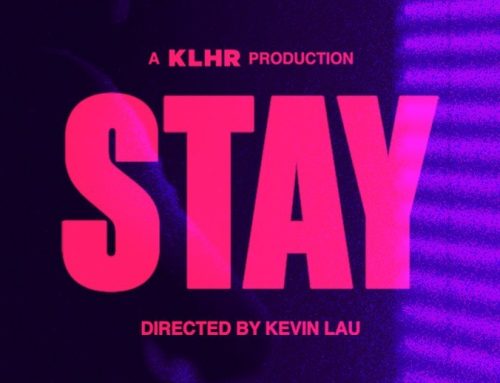The ongoing cost of living crisis has created many difficulties, including the scarcity of affordable space. Rental prices have soared; living conditions have deteriorated; requests for spare rooms have gone unanswered; landlords have sold or occupied their rental properties – it seems like everyone is in need of a place to rent, and many of them are facing disappointment.
Creativity is a vital aspect of human expression and innovation, but it can also be hindered by various factors, such as stress, anxiety, or insecurity. One of the challenges that many creative practitioners face today is the rental crisis, which affects their ability to find affordable and suitable spaces to live and work.
Moreover, the rental crisis can also limit the diversity and accessibility of creative practices, as many people are excluded from participating or engaging with them due to financial or spatial barriers. For example, some people may not be able to afford the equipment or materials they need for their projects, or they may not have access to venues or platforms where they can showcase their work. Some people may also face discrimination or harassment based on their identity or background, which can discourage them from pursuing their creative passions.
However, despite these challenges, there are also many examples of resilience and innovation among the creative community. Some people have found alternative ways to cope with the rental crisis, such as co-living, co-working, or sharing spaces and resources with others. Some people have also created networks and movements that advocate for more affordable and inclusive housing policies and practices. Some people have also used their creativity as a form of resistance and empowerment, expressing their views and experiences through their work.
Therefore, it is important to recognize and support the role of creativity in society, especially in times of crisis. Creativity thrives when we feel safe, valued, and inspired by our surroundings and our peers. By creating more opportunities and spaces for creative practices, we can also create more possibilities for social change and transformation.


